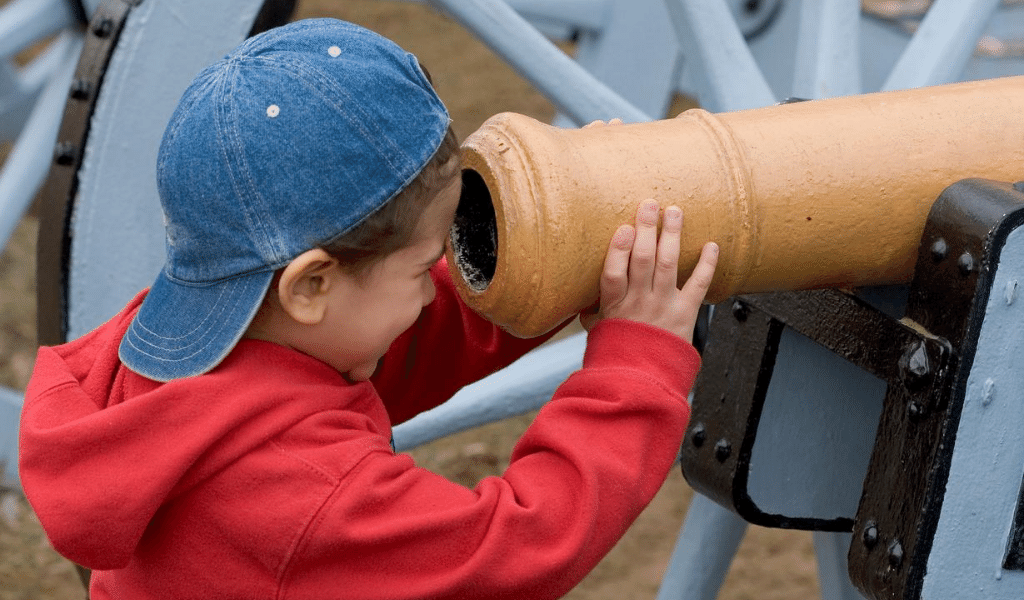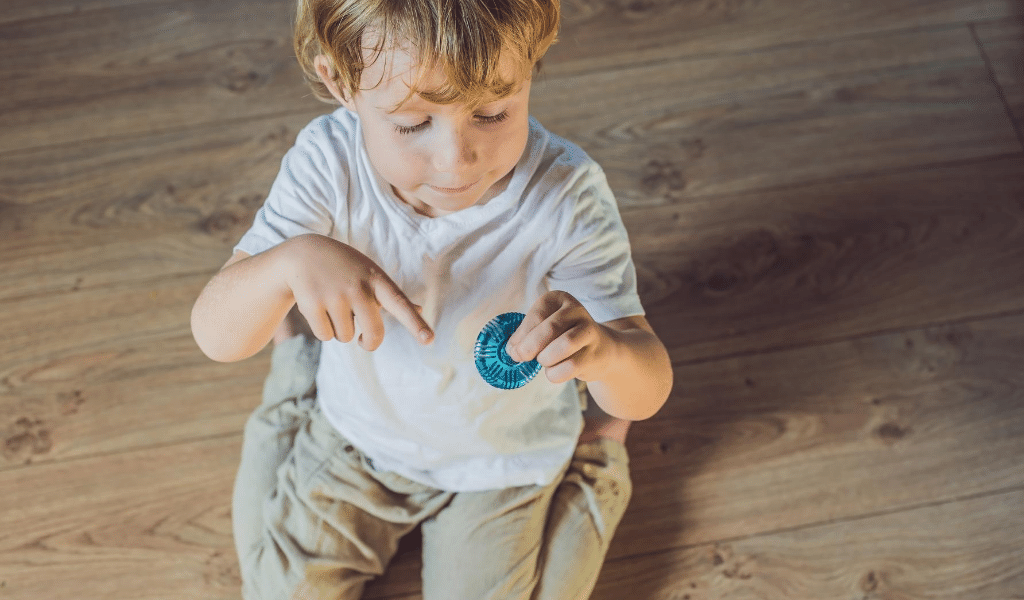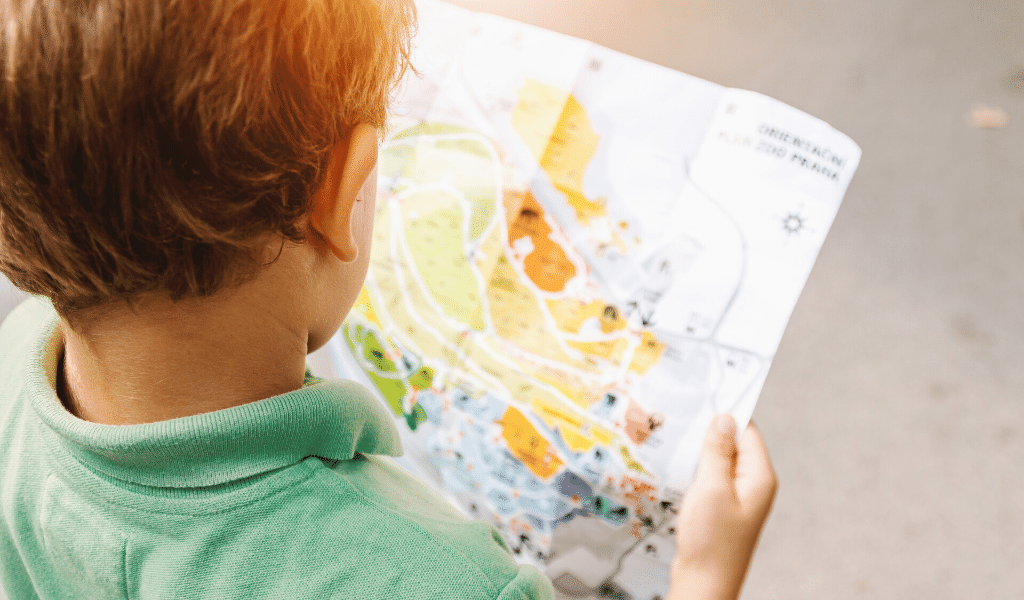One of the most significant skills that you can learn to help support young children during transitions is the concept of curiosity. Having a strong desire to learn, understand or know more about the children in your care is the driving force for our connections with them. The usual practice involves sending information such as a learning journey or an ‘All About Me’ form. Sometimes these forms of documentation can be problematic though. They can feel both like a tick-box and a ‘rinse and repeat’ experience that lacks personalisation.
When something feels this way, we can often end up sharing arbitrary information that doesn’t necessarily equip or empower the next key person with the knowledge to connect. I have received so many transition forms which include things such as ‘likes Thomas the Tank Engine’, ‘settled well with his key person’ or ‘joins in with routines’. This type of information is useful, but it can only take you so far. To be most effective, transitional information needs to be as specific as possible.

When I am with practitioners who have deep bonds with children, I see them as possessing wisdom about that child. But so often that wisdom doesn’t always get passed on or received in the way it should. In short, transition procedures can end up being a job to do, rather than a process to value.
The way we provide transition information does not need to be limited by paperwork or prescribed questions. Our focus should instead be on developing quality information sharing and systems that recognise that transition is unique and varied. Practitioners often put pressure on themselves to have the smoothest running transition, but the reality is that it can be a messy process. Remember, it doesn’t need to be perfect, it only needs to be ‘good enough’.
Think about the case study below and compare the two types of transition information…
Liz had been receiving transition forms from the childminder for the past few years. Often these consisted of a basic set of questions with some vague answers, for example:
Liz found that the transitional information felt quite tokenistic at times and it did not necessarily empower her to build connections with the children.
Liz decided to give the childminder a quick call, and after a short while, she learnt the following about what was important to the child:

As you can see from the above example, there is so much more that is important to the child, and a curious conversation led to far more information that actually could be utilised in practice. The key question you need to ask yourself when trying to support young children’s transitions is ‘What information can I give that will empower and equip the next educator so that my key child can thrive?’

To conclude and get you thinking a bit more creatively, here are some ideas for how you can gather and share information about a child:
About Kerry Payne

Kerry PAYNE is an experienced consultant and trainer for Early Years Education and NASEN, with specialist knowledge in social and emotional behaviours and SEND. Her early career was spent in nurseries and schools working as an early years teacher and manager. She has a MSc in Applied Psychology and a PhD in Early Education and Developmental Delay.